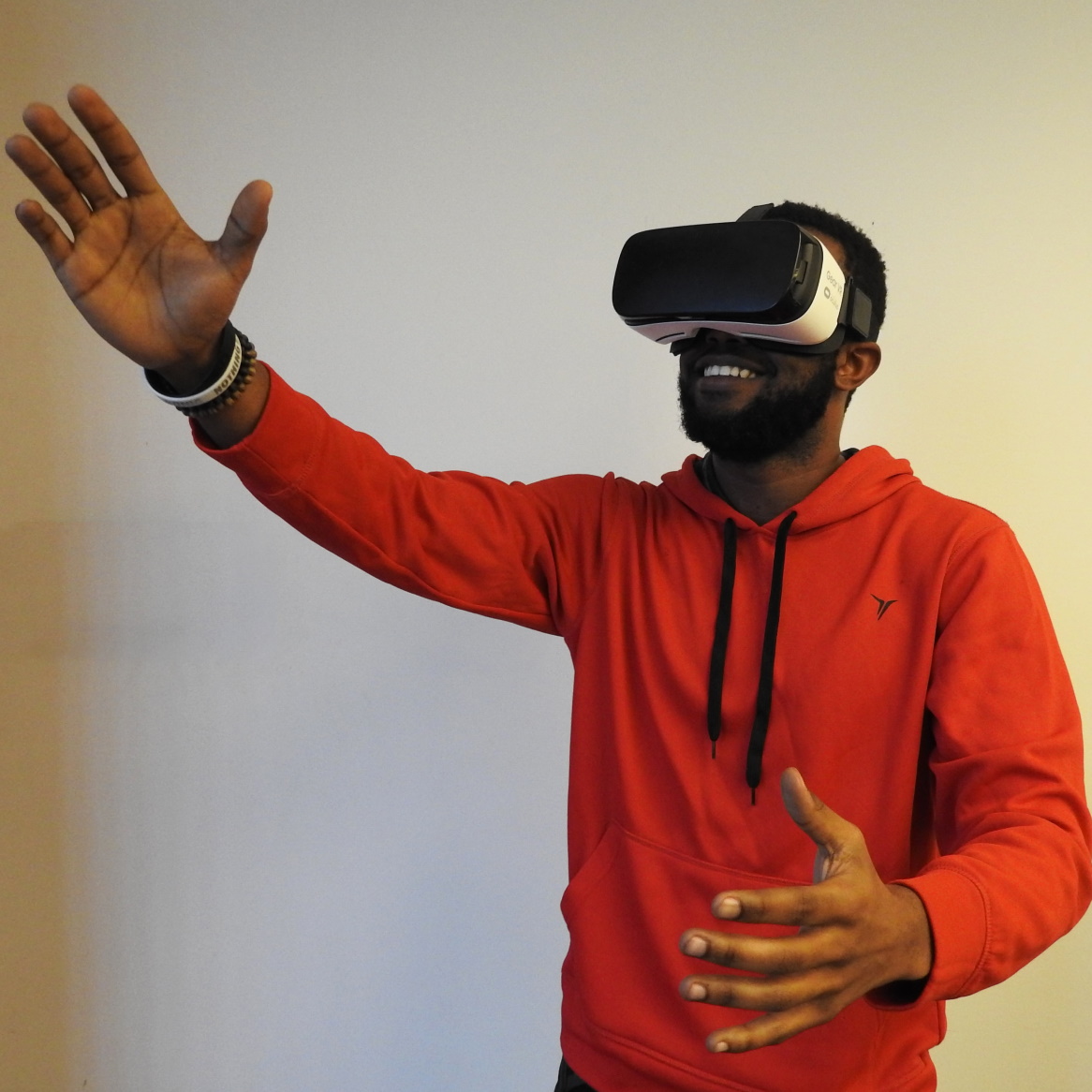One of the biggest (and most valid) critiques of doing church online (or, as in the current COVID situation, only online) is the lack of connection. We humans are made for connection. Understand that this is coming from an introvert. I too need connection. There is something about physical connection. There is this matter of being present with one another that often defies logic.
Many people of the more digital persuasion are not persuaded by this undefinable need. Some people dismiss the “digitarati” as broken or emotionally-stunted people. Some may be that way. Most, however, are driven by numbers not undefinables, or so they think. Honestly, numbers are good. Those that often dismiss the digitarati don’t connect the numbers to the people.
There is the historical people are not numbers. They aren’t. They are people with stories. However, numbers represent people, people who have stories. Numbers can and do tell stories, too. They tell the story of people and their history. Numbers should be paid attention to.
What does that have to do with, “now what?”
There are lots of numbers watching church online right now. That cannot be enough. There are usually a lot of numbers watching football, soccer, basketball, hockey. Numbers can do many things. And they are lacking…and so is online church.
Yes, online church is the wave of the future. Okay, it was. It is now the present. Our next steps, and I know mine, is how we move to discipleship and spiritual growth. Really, much of online church is what already happens in the so-called \”real\” physical church…audiences and consumers.
Even some of the younger people of the church do not find this online expression to be very satisfying. That’s actually a good thing. In a day and age where there is great concern regarding disconnection, that the technology-embedded generations recognize a difference is a good thing!
The reality is that all of us are looking at ways to develop and maintain community while we are physically distanced. Small groups online is the way we are going to all have to go, and it will not be the most comfortable or the most incarnation we think or feel it ought to be. That\’s okay.
Online church services and online small groups may online be for a short time. It also may be for a long time. We don’t know. There are currently denominations/traditions/regions/local churches that have chosen, for example, to not celebrate the Eucharist together. There are others who are bending their theology to allow some sort of communal Eucharist celebration. There are others who have no theological issue with online communion at all. Most of the longtime online churches have that theological perspective.
This is a time of learning. What needs to be done to be the church? What does it mean to be part of the church when we are distant?
One of the things that this is teaching us is that how poor our Bible teaching has been. It’s probably better to say, how poorly have we empowered and encouraged people to pursue Christ through reading the Bible in discernment on their own. We have, it seems, overly centralized God’s word. For those who object to the term “self-feeding”, I do agree to an extent. Yet, this shows why it is so important to create some form of “self-feeding”.
Without decentralization, we would have never been gifted Paul’s words. Think on that for a moment. When Paul wrote he was away from (or never even met) the churches he wrote to. This isn’t that new.
In the American Western Frontier (from the 19th century) there were the Methodist Circuit Riders. They existed because the people were disconnected from one another. They went around to deliver the Word of God and the Eucharist, and to baptize. What has been utterly fascinating is how much the American Church has forgotten that. The Church of the Nazarene came from much of that, as many of our churches are in very rural areas, which is odd having been started on the streets of Los Angeles in the “wrong” side of town.
Perhaps, we have lost what it means to be connected. This might also be an echo what the USA is experiencing in its current cultural and political climate. We are disconnected from one another, even in our own neighborhoods. Perhaps the greatest lesson we are learning in the current COVID situation is that we are disconnected and we don’t know how to be connected.







